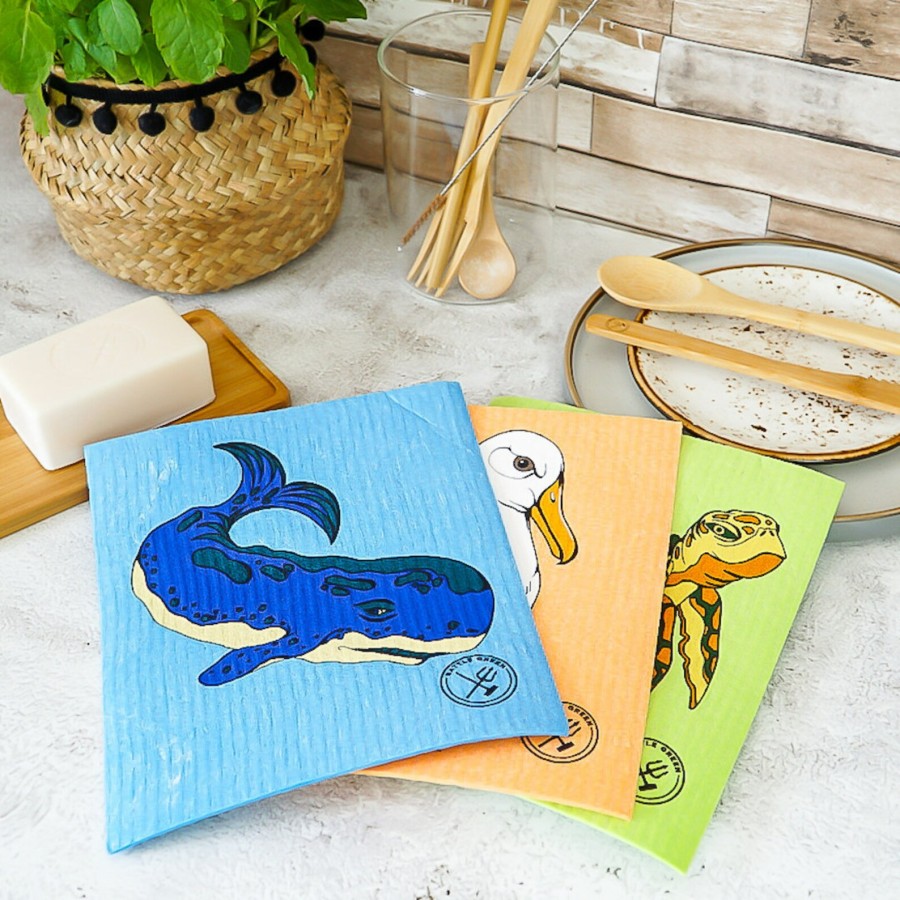The Benefits and Uses of Cleaning Vinegar

Cleaning (white) vinegar is not the same as the Sarsons brown vinegar that you put on your chips! And you won’t usually find it in supermarkets (because it’s very effective and cheap, so they would lose profits on selling all their expensive chemical brands).
With around 6% acetic acid, cleaning vinegar is stronger than cooking vinegar. And can remove stains, cut through grease and leave surfaces sparkling. Fill is sold in glass boxes with cardboard refills.
Keep cleaning vinegar away from children and pets (don’t use to ‘kill weeds’ as it will also kill beneficial insects).
Never mix vinegar (or lemon) with bleach, it causes toxic gas. Avoid on natural stone (granite), waxed wood or unsealed grout. Ventilate rooms and wear gloves. Do not add essential oils for pregnancy/nursing or near babies/pets.
You can recycle empty chemical liquid bottles. For half-full bottles, don’t pour down drain (dispose of at your local tip).
Multipurpose Surface Cleaning
Cleaning vinegar is good to lift dirt and grime from kitchen counters, sinks and even greasy hobs (when mixed with water).
For glass, spray undiluted cleaning vinegar and polish with a soft cloth for a streak-free finish. It also works on tiles and bathroom fittings, helping tackle soap scum and limescale.
Freshening Laundry
Add half a cup of cleaning vinegar to your washing machine’s rinse cycle for softer, fresher clothes. It breaks down residue from detergent and hard water, which can build up over time.
Vinegar can also help get rid of musty smells in towels and gym clothes. It’s safe for most fabrics and won’t leave behind that strong vinegar scent once dry.
Descaling Kettles and Coffee Makers
Hard water can cause limescale to build up in kettles and coffee machines, affecting taste and performance. Fill your kettle halfway with cleaning vinegar, top with water, bring to a boil, then let it sit for thirty minutes.
For coffee machines, run a brewing cycle with a vinegar solution, then flush several times with clean water. That keeps appliances running well and drinks tasting fresh.
Tackling Bathroom Mould and Mildew
Mould and mildew thrive in damp bathrooms, especially around tiles and shower curtains. Spray cleaning vinegar directly onto the affected areas and leave for an hour before scrubbing away.
Its strong acid helps break up mould at the surface, and regular use can slow its return.
Removing Stubborn Stains
Cleaning vinegar loosens many stains that are tough for normal cleaners. It works on spilled drinks, ink, grass, and even rust on some surfaces.
Dab the area with vinegar, let it soak for a few minutes, then blot or scrub to lift the mark. Always test on an out-of-sight spot first for colour-fastness.
Cleaning Windows and Mirrors
Foggy windows and mirrors often show streaks after cleaning. Use a 50/50 vinegar and water solution in a spray bottle, then wipe dry with a lint-free cloth or newspaper. The acid in vinegar cuts through greasy fingerprints, leaving glass spotless and clear.
Deodorising Drains and Bins
Strong odours coming from drains and bins can be stubborn. Pour a cup of cleaning vinegar down sinks, baths, or kitchen waste pipes. Let it work for 30 minutes before running hot water.
For bins, spray inside after every empty and wipe down. Vinegar breaks down bacteria that cause smells, keeping things fresher for longer.
Reviving Taps and Fixtures
Taps covered in water spots or limescale come back to life with vinegar. Soak a cloth in cleaning vinegar and wrap it round the affected area for an hour. Wipe away the loosened deposits with ease, leaving fixtures shiny and clean.
All-Natural Floor Cleaner
Cleaning vinegar diluted with water makes a safe, streak-free mop solution for most hard floors, including tile, vinyl, and laminated wood. It removes sticky marks left by footsteps, food and pets. Avoid using on stone floors (like marble or granite), as vinegar can dull the surface.
Rinse thoroughly and dry, before allowing children and pets back in.
Unblock Plugholes
Pour boiling water down sink, add 1 tablespoon of bicarb of soda & 250ml cleaning vinegar. It will fizz, replace plug, wait 15 minutes then flush with more boiling water.
Pet Smell Neutraliser
Vinegar works on both new and old pet smells. Blot dry recent accidents, then pour on a little diluted cleaning vinegar. Dab up the excess, let it dry, and the odour will fade. This works best for hard floors and most carpets but always check the manufacturer’s care advice.
Keep pets away, until rinsed and dried.

Miniml white vinegar is also sold in refillable packs. Just return your empties, to wash and receive refills.
Proper storage will extend the life of cleaning vinegar. Keep it in a cool, dark place, away from direct sunlight. It should last years (changes in colour and smell indicate it’s time to replace).






